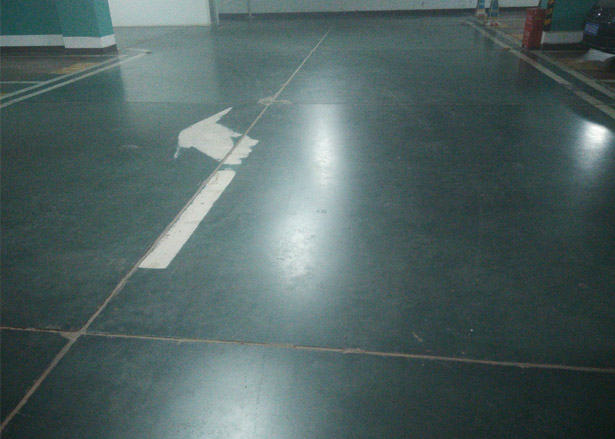Hydraulic brake friction material plays a crucial role in the performance and safety of modern braking systems. Understanding its composition, function, and evolution is essential for anyone involved in automotive engineering or maintenance. The primary function of brake friction material is to convert kinetic energy into thermal energy through friction, allowing vehicles to decelerate or come to a complete stop.
Typically made from a combination of various materials, hydraulic brake friction components often include organic fibers, metallic components, and various additives. The choice of materials influences the performance characteristics such as coefficient of friction, wear resistance, and heat dissipation. Advanced formulations, for instance, utilize aramid fibers or specialty resins to enhance durability and reduce noise during operation.
The effectiveness of hydraulic brake friction material is closely tied to its interaction with rotors or discs. As the brake pedal is engaged, hydraulic pressure forces the brake calipers to press the friction material against the rotor, creating the necessary friction. The consistent performance of this material under varying conditions—such as temperature, humidity, and load—is vital to maintaining vehicle control and ensuring passenger safety.
The evolution of brake technology has led to increasingly sophisticated friction materials, accommodating demands for improved performance, reduced environmental impact, and enhanced longevity. In recent years, there has been a significant shift toward eco-friendly alternatives that minimize harmful emissions associated with traditional brake dust. Manufacturers now prioritize materials that not only meet stringent regulatory standards but also offer consumers high performance and shorter stopping distances.
Moreover, rigorous testing and certification processes, including adherence to standards established by organizations such as the Society of Automotive Engineers (SAE), ensure that hydraulic brake friction materials meet safety and performance benchmarks. The integration of computer-aided design and simulation technologies has also revolutionized the development process, enabling engineers to optimize material properties and predict performance outcomes more accurately.
For automotive manufacturers, understanding the properties and implications of different hydraulic brake friction materials is paramount. This knowledge contributes to the overall reliability and efficiency of braking systems, directly influencing vehicle safety and user experience. As such, experts continuously research and innovate within this field, ensuring that hydraulic brake friction materials evolve to meet the demands of modern transportation.
Show More >>
PRODUCTS
You are welcome to contact us at any time, please write the message here and we will reply you in 24 houre. thanks foryour support.
NEWS
May.22, 2019



